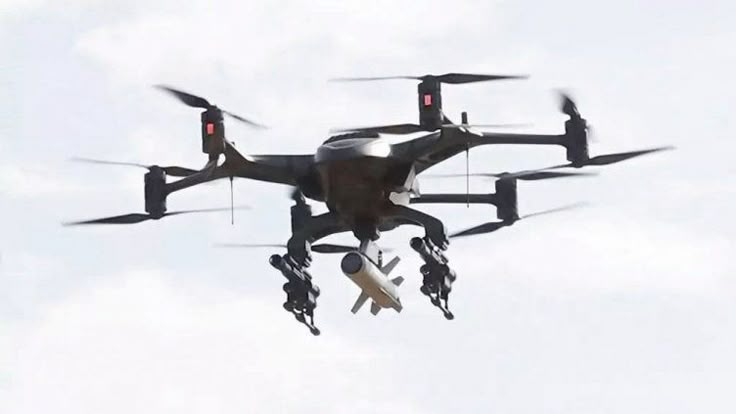
Video credit: ai_ascent
Drones in Military Surveillance and Enemy Destruction
1. Introduction to Military Drones
Drones, also known as unmanned aerial vehicles (UAVs), have revolutionized modern warfare by providing advanced surveillance capabilities and effective enemy destruction mechanisms. These aerial machines operate without a human pilot on board, allowing militaries to gather intelligence, monitor enemy movements, and execute strategic strikes with precision.
2. Role of Drones in Military Surveillance
Drones play a crucial role in military surveillance by providing real-time intelligence through high-resolution cameras, infrared sensors, and radar systems. They are deployed to monitor enemy bases, track troop movements, and assess battlefields without risking the lives of soldiers. UAVs like the MQ-9 Reaper and RQ-4 Global Hawk can fly at high altitudes for extended durations, capturing crucial data to aid strategic decision-making. With night vision and thermal imaging, drones can detect hidden threats and infiltrate areas where human reconnaissance would be risky.
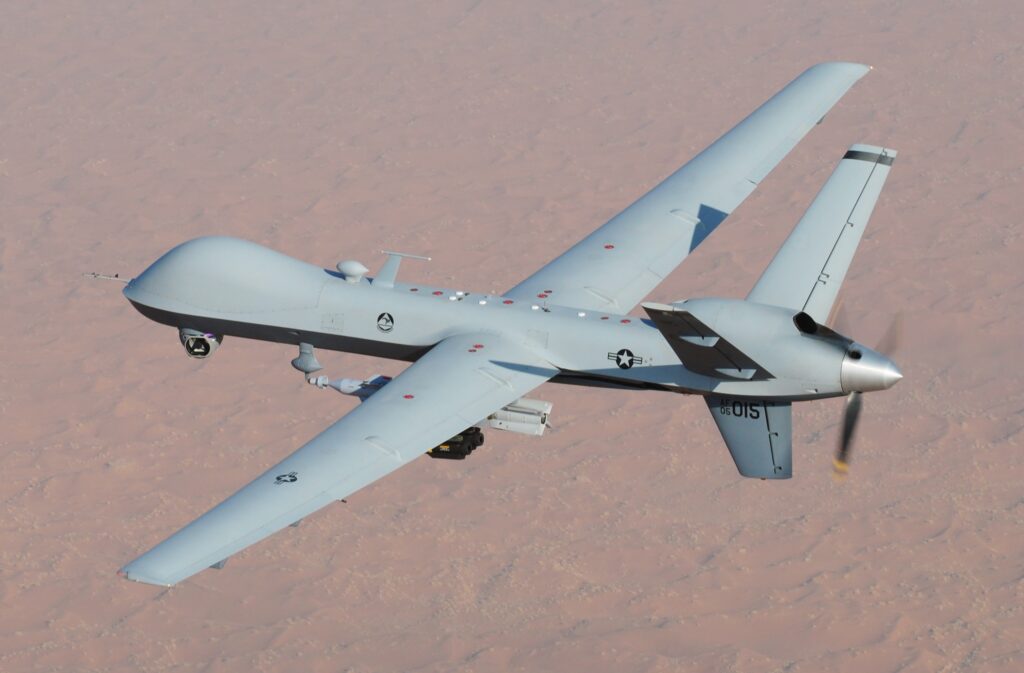
Image: MQ-9 Reaper
3. Precision Strikes for Enemy Destruction
Drones are highly effective in neutralizing enemy threats through precision strikes. Equipped with missiles, bombs, and other weapons, combat drones can launch targeted attacks on terrorist hideouts, command centers, and high-value targets with minimal collateral damage. The ability to operate remotely reduces risks to military personnel and enhances operational efficiency. For instance, the use of drones in counter-terrorism missions has significantly weakened insurgent groups by eliminating key figures without deploying ground troops.
4. Advantages of Military Drones
Drones provide several advantages in modern warfare, including cost-effectiveness, stealth, and operational flexibility. Unlike manned aircraft, UAVs require fewer resources and can operate in dangerous zones without endangering human lives. Their ability to hover for long periods ensures continuous surveillance, while their small size and stealth technology make them difficult to detect. Additionally, autonomous drones powered by artificial intelligence (AI) can process vast amounts of data and execute missions with minimal human intervention.
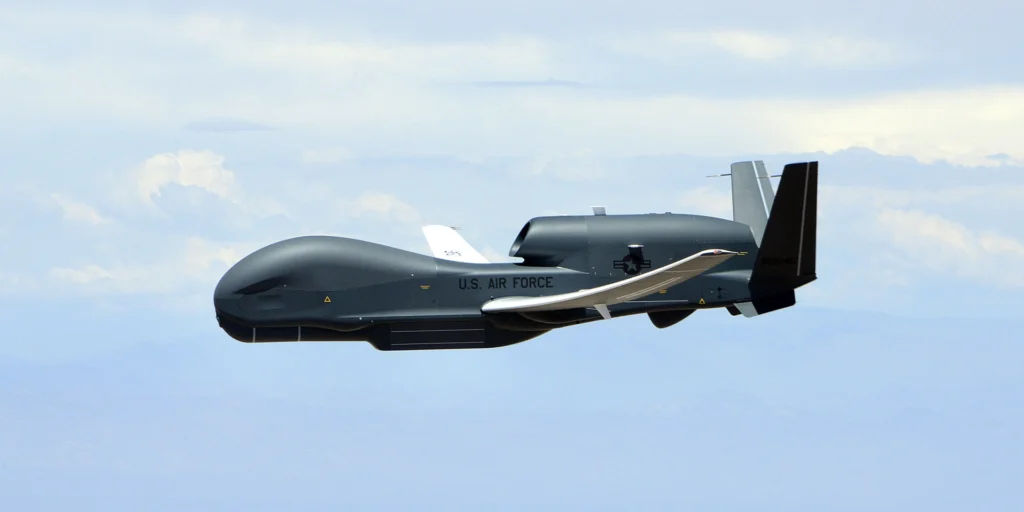
image: Global Hawk
5. Future of Military Drones
The future of military drones is promising, with advancements in AI, machine learning, and autonomous operations. Swarm drone technology, where multiple drones operate collaboratively, is expected to enhance battlefield efficiency. Additionally, the integration of hypersonic drones and energy-based weapons will further revolutionize warfare, making drone technology an indispensable asset for defense forces worldwide.
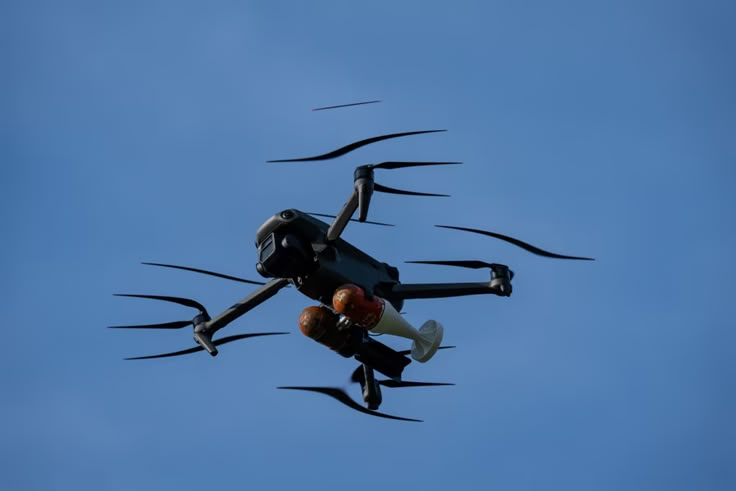
Conclusion
Drones have transformed military strategies by offering unparalleled surveillance capabilities and precise enemy destruction methods. As technology advances, drones will continue to play a vital role in securing national defense and countering emerging threats effectively.
- Learn more at official site: https://www.britannica.com/technology/military-aircraft/Unmanned-aerial-vehicles-UAVs
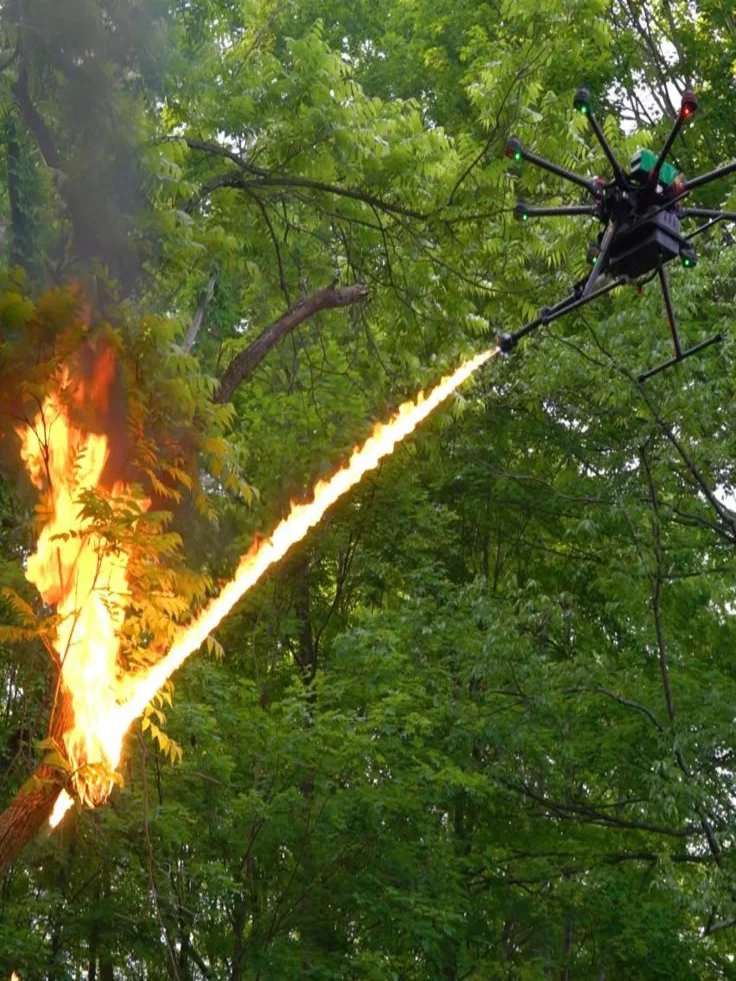
Thanks a lot! I value this.
casino en ligne
Seriously tons of amazing material.
casino en ligne
Thanks a lot! Numerous tips!
casino en ligne
Whoa a good deal of superb material.
casino en ligne
Good forum posts, Kudos!
casino en ligne
Excellent knowledge, Kudos.
casino en ligne
This is nicely expressed! !
casino en ligne
Reliable data, Kudos.
casino en ligne
You reported this exceptionally well.
casino en ligne
Thanks a lot, Useful stuff.
casino en ligne